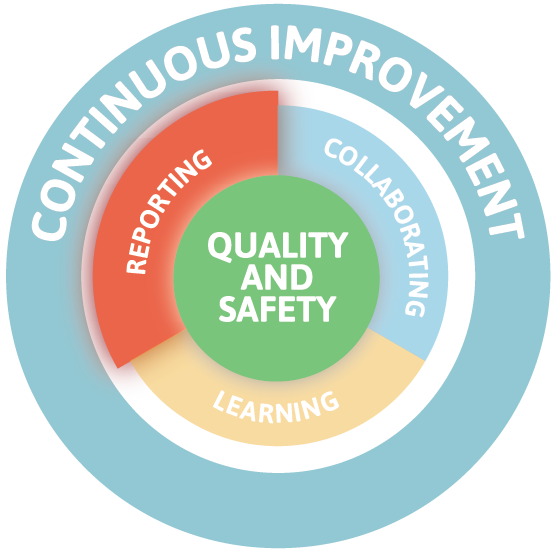
 Reporting creates the foundation for learning by documenting medication incidents and near misses in a standardized way. This documentation is crucial for identifying patterns, understanding contributing factors, and developing effective preventative measures.
Reporting creates the foundation for learning by documenting medication incidents and near misses in a standardized way. This documentation is crucial for identifying patterns, understanding contributing factors, and developing effective preventative measures.
The reporting process involves:
- Documenting medication incidents in a reporting platform that meets the requirements established by CPBC. This platform must enable pharmacy staff to record all necessary details about incidents, including what happened, how it was discovered, the degree of harm, and contributing factors.
- Near miss documentation captures valuable learning opportunities before harm occurs. These are events that could have resulted in unwanted consequences but were prevented, either by chance or through timely intervention, before reaching the client.
- De-identification of data before submission to national databases. The reporting platform must have a process to remove all identifiers (names, PHNs, registrant/licensee ID numbers, etc.) to ensure privacy while still enabling valuable learning.
- Submission to national databases where the de-identified data contributes to a broader understanding of medication safety across Canada. For community pharmacies, this is the National Incident Data Repository (NIDR), while hospital pharmacies use the National System for Incident Reporting (NSIR).
The reporting platform is a critical tool that facilitates documentation, analysis, and learning. After the transition period ends on June 1, 2026, pharmacy managers must select a platform that:
- Has processes to de-identify data
- Integrates with a national database
- Enables the entry of mandatory data fields
- Supports the documentation of contributing factors and action plans
 Share
Share


